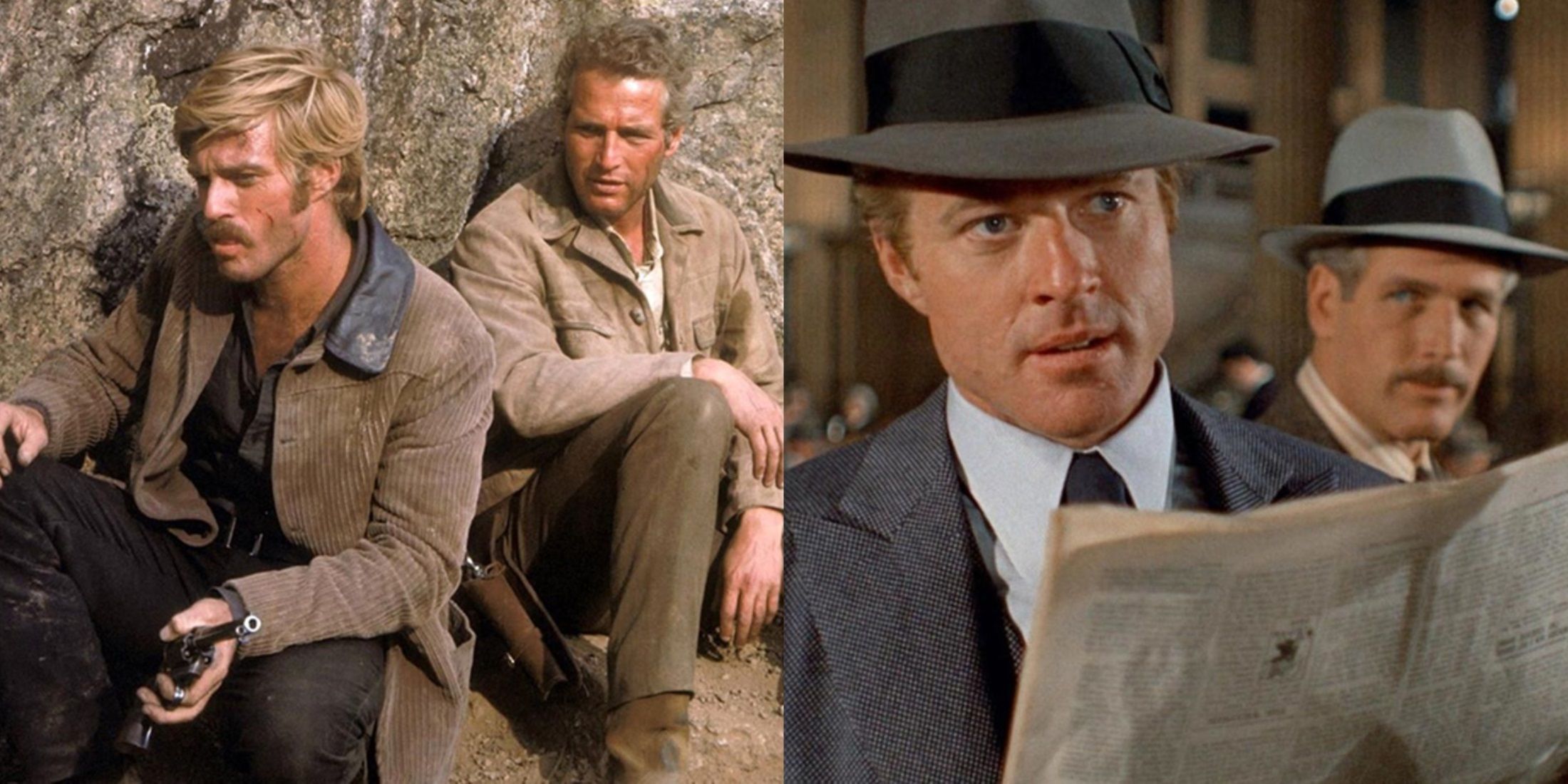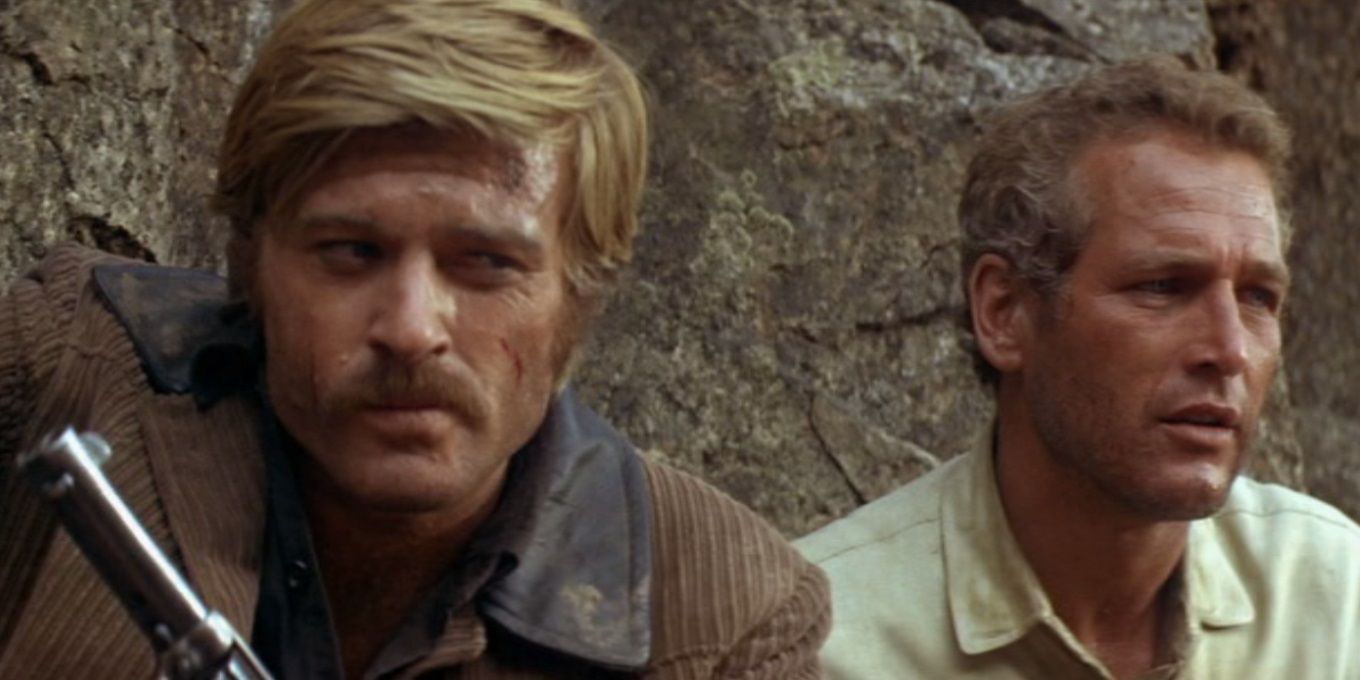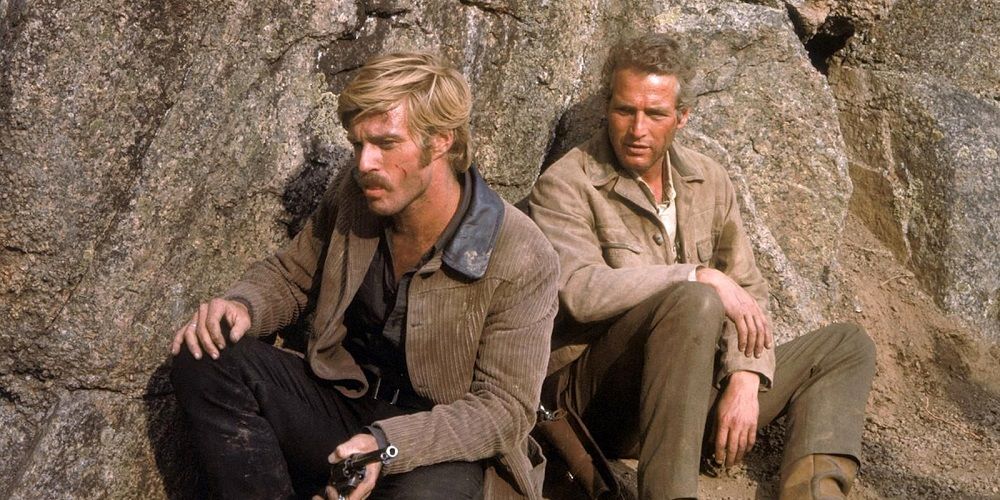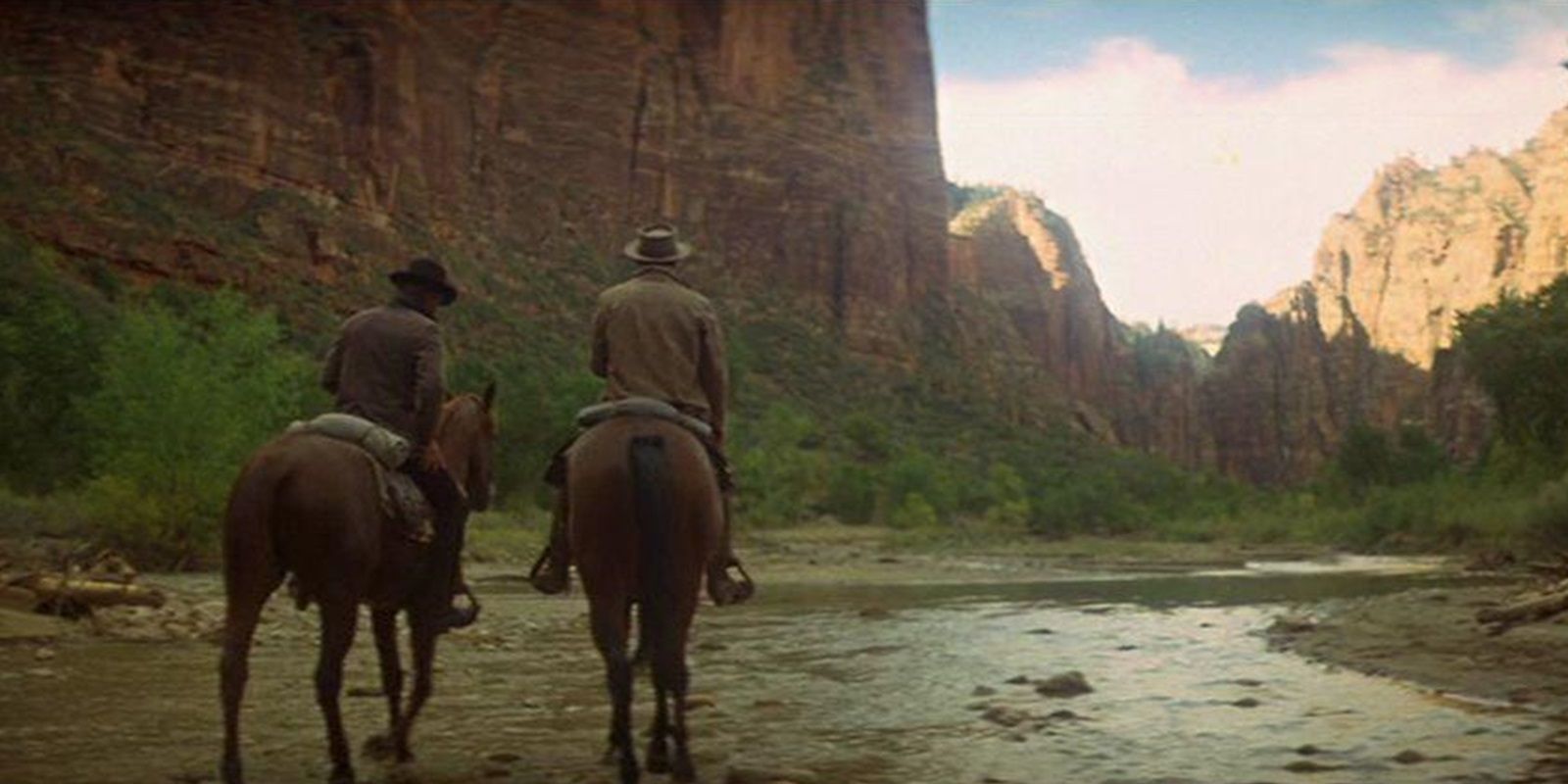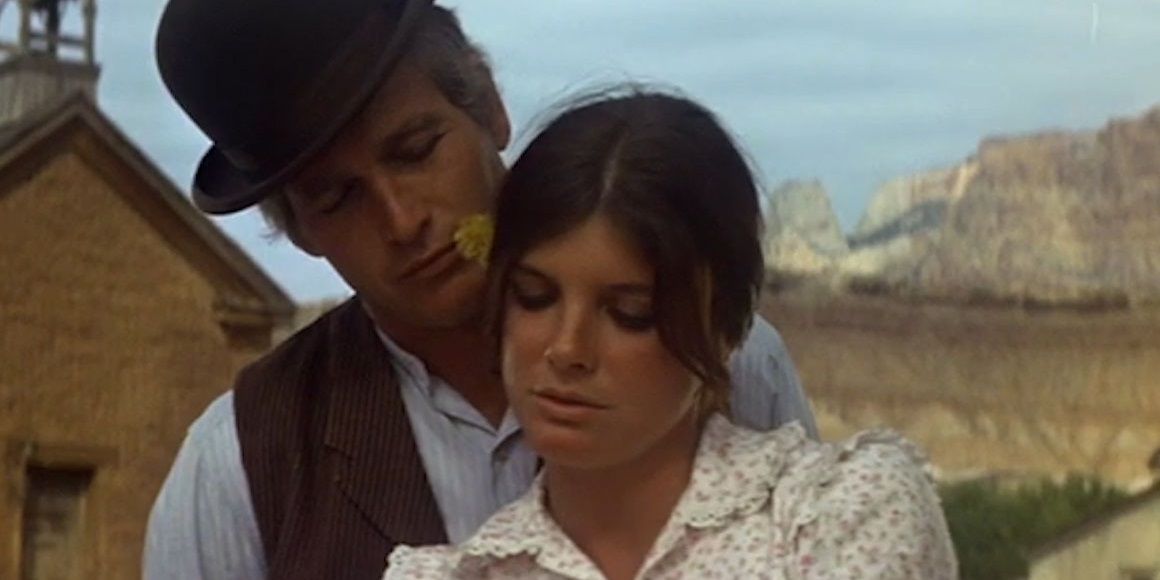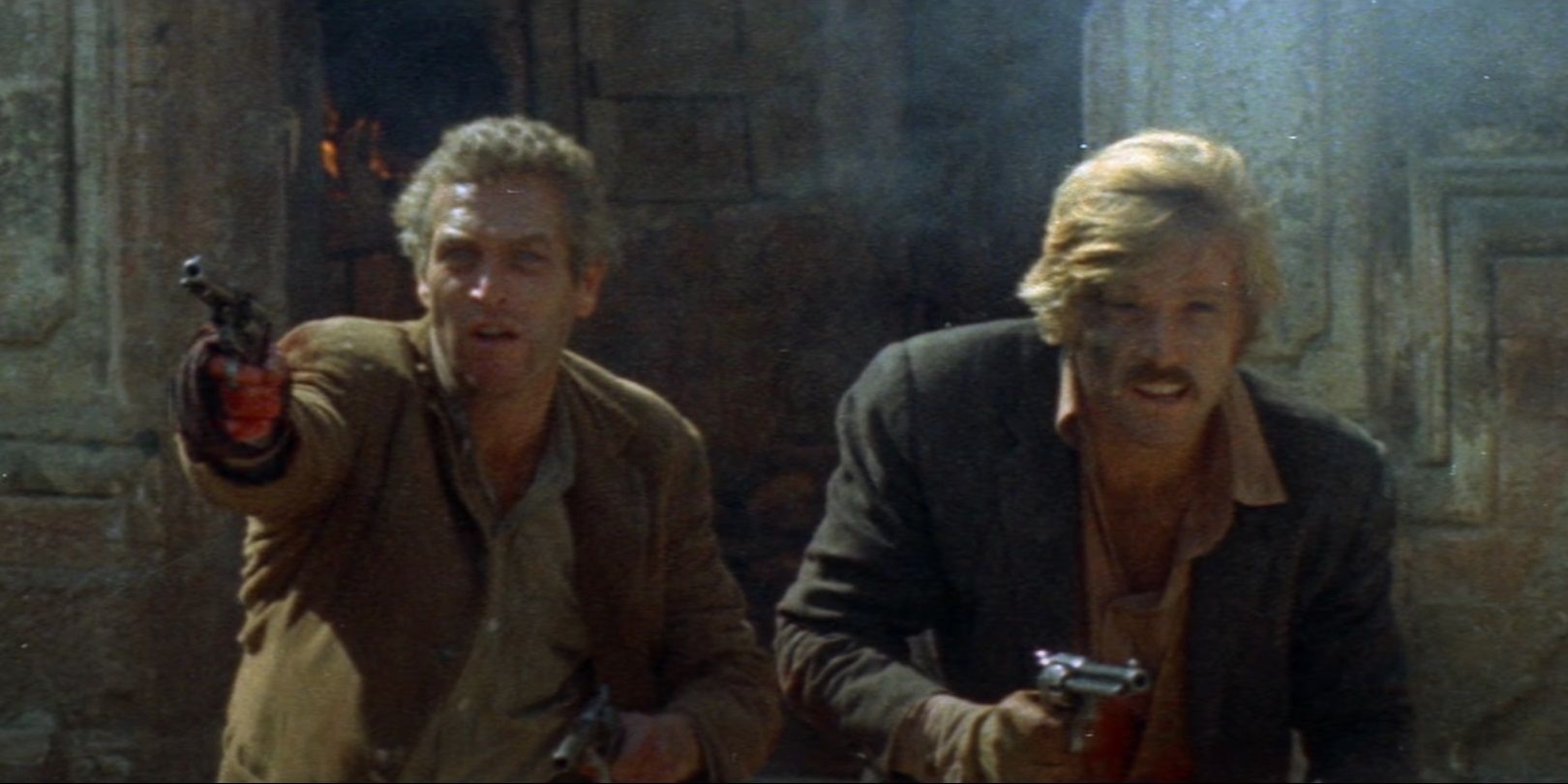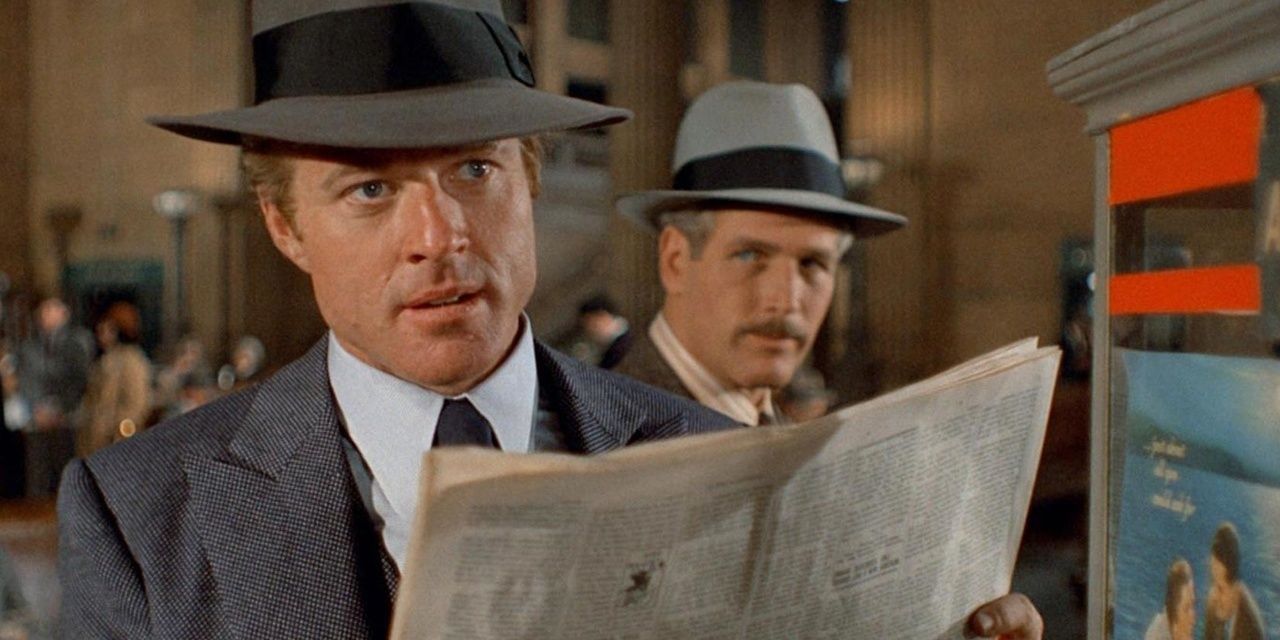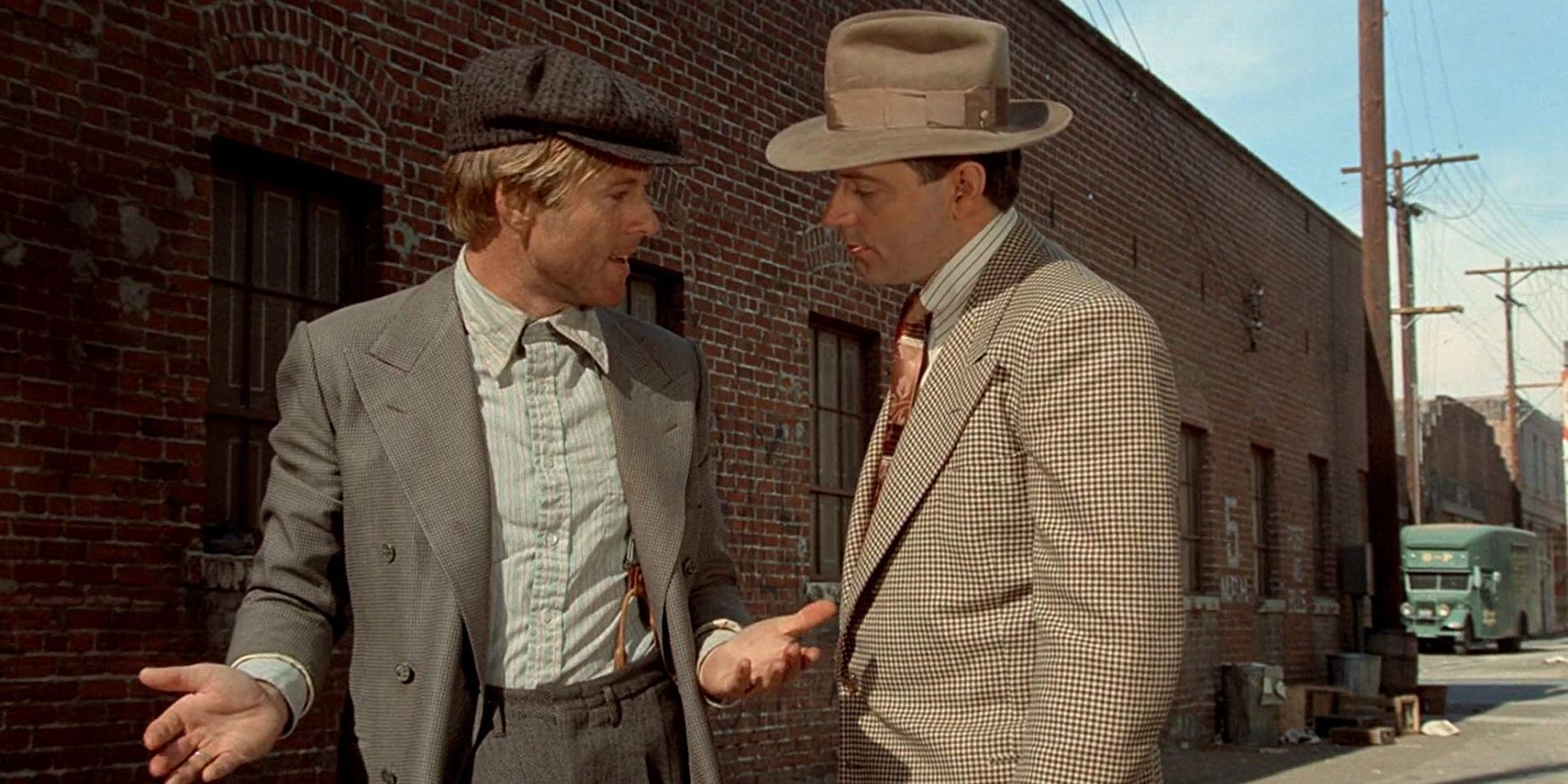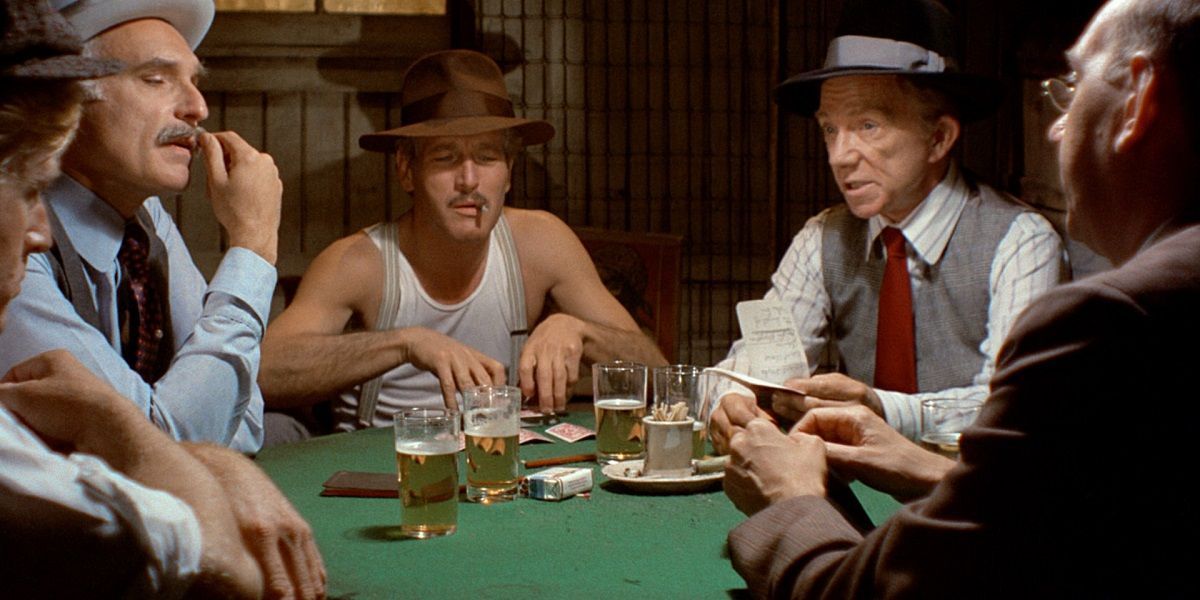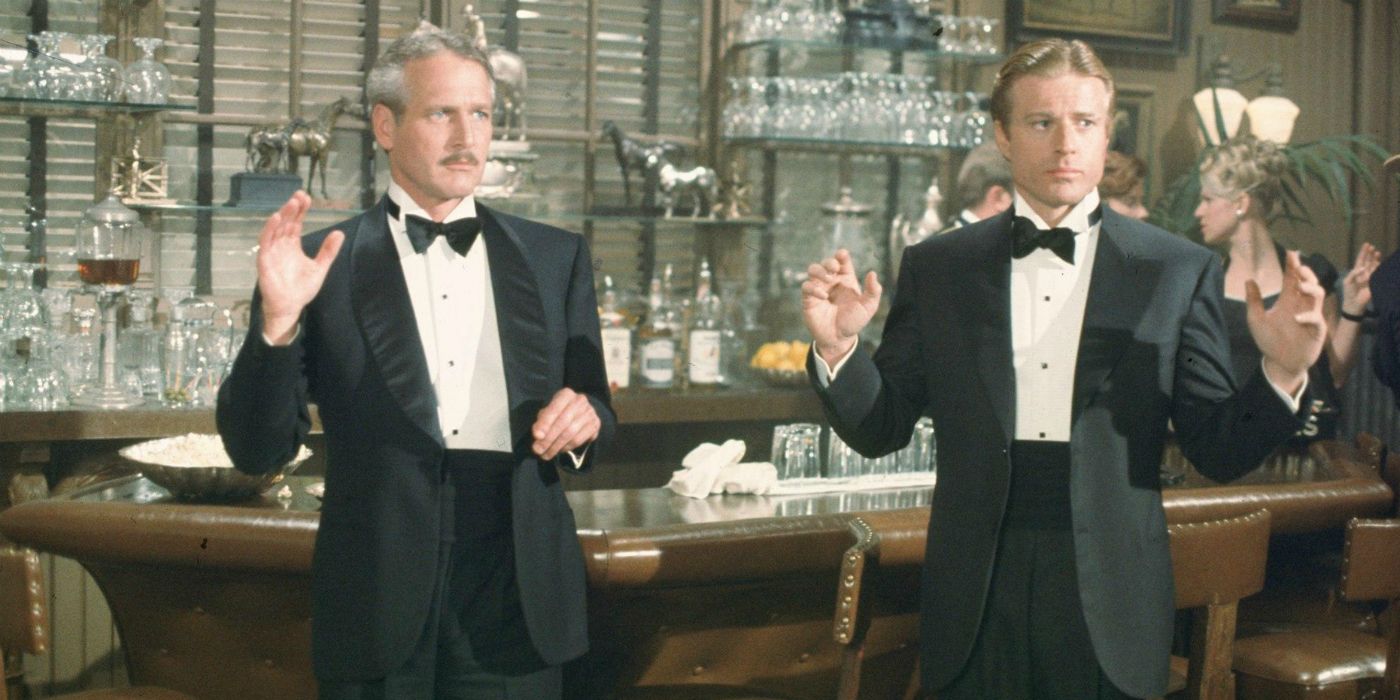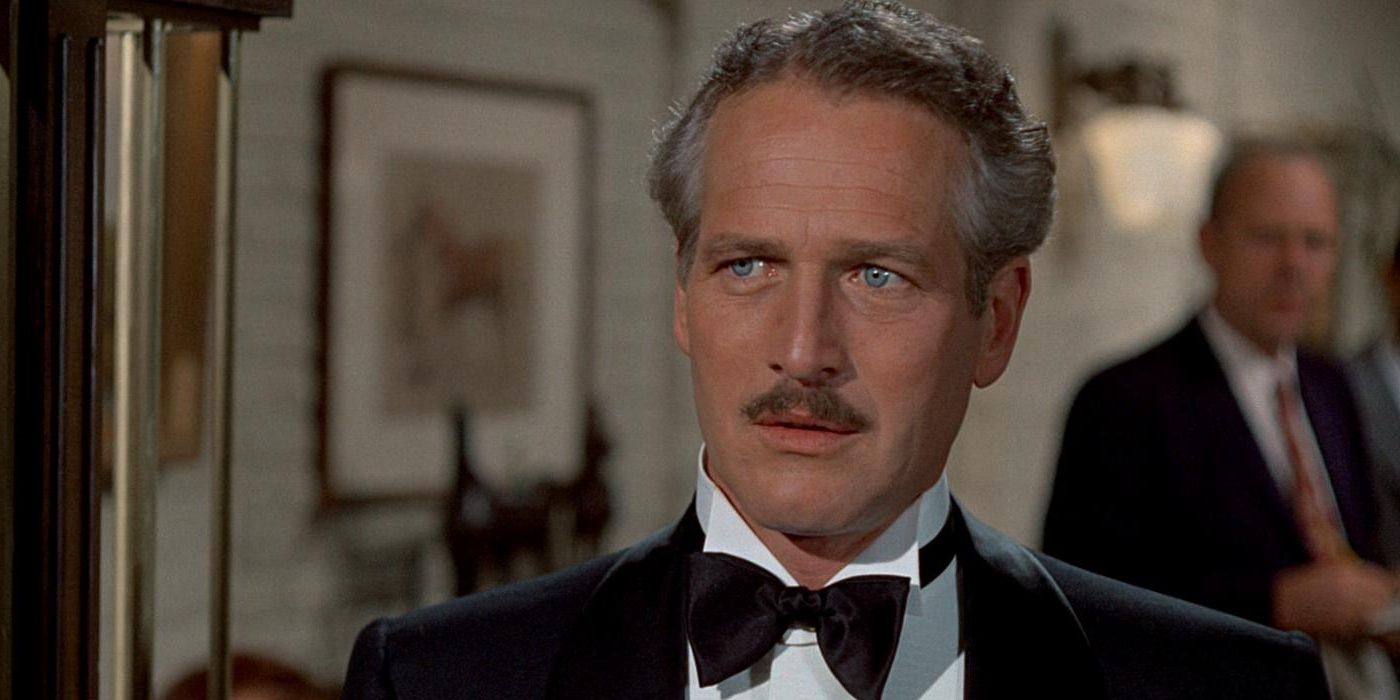Alongside Al Pacino and Robert De Niro, Susan Sarandon and Geena Davis, and Humphrey Bogart and Ingrid Bergman, Paul Newman and Robert Redford make up one of the most iconic A-lister pairings of all time. After the success of Butch Cassidy and the Sundance Kid, the duo reunited for The Sting.
Both Butch Cassidy and The Sting are period movies directed by George Roy Hill that are lighthearted buddy comedies at their core. They’re also both considered to be one of the greatest films ever made – but which one is better?
Butch Cassidy And The Sundance Kid Is The Best
It’s The Ultimate Anti-Western
Toward the end of the western’s heyday, directors like Sam Peckinpah and Robert Altman hammered the final nails into the genre’s coffin with subversive anti-westerns challenging the familiar tropes. The offbeat quirks of Butch Cassidy and the Sundance Kid make it the perfect anti-western.
Butch and Sundance’s story follows the polar opposite of every western convention. The train robbers are the protagonists, they flee at the first sign of danger, and the protagonists’ fate is left ambiguous (but it’s pretty clear that they meet a bleak end).
The Actors Bring William Goldman’s Snappy Dialogue To Life
William Goldman’s script for Butch Cassidy and the Sundance Kid deconstructs the tropes and traditions of the western genre on a deep level, but it’s as light and breezy and delightfully entertaining as a classic buddy comedy.
The titular outlaws’ dialogue is written as snappy Seinfeldian repartee. A prime example is their debate over whether or not to jump off the cliff. This dialogue is brought to life by Newman and Redford’s electric chemistry.
Conrad Hall’s Cinematography Is Stunning
Landscape photography is a defining hallmark of the western genre. Ever since Shane changed the game, cinematographers have used westerns as an opportunity to stun their audience with glorious frontier vistas.
Conrad Hall spearheaded some of the most memorable cinematography in the genre during the on-location shoot of Butch Cassidy and the Sundance Kid.
Burt Bacharach’s Score Is A Refreshing Change Of Pace
Outside of the operatic melodies of Ennio Morricone and other spaghetti western composers, western music tends to be rigidly conventional in a contemporary style. Part of what makes Butch Cassidy one of the definitive works of ‘60s cinema is the anachronistic ‘60s sound of Burt Bacharach’s distinctive musical score.
Bacharach is so closely associated with ‘60s culture that he made cameo appearances in all three Austin Powers movies. “Raindrops Keep Fallin’ on My Head” became a timeless hit outside of the context of the Butch Cassidy soundtrack (although it’s used perfectly in the movie, too).
It Has One Of The Most Iconic Endings In Movie History
The final scene of Butch Cassidy and the Sundance Kid is one of the most iconic endings in movie history. Butch and Sundance realize they’ve reached the end of the road as they’re surrounded by gunfighters and see no way out.
The movie ends on a freeze-frame of Butch and Sundance’s last stand. The situation is bleak, but there’s a surprisingly hopeful quality to the two best friends going out on their own terms.
The Sting Is The Best
It’s A Delightfully Stylish Crime Caper
It isn’t necessarily true that the more stylized a movie is, the better the end product will be. But some genres, like westerns, are more susceptible to an injection of style than others, like kitchen-sink dramas.
When it comes to crime movies, for example, the more stylish, the better. The Sting is a delightfully stylish caper complete with title cards, ragtime ditties, and snappy dialogue.
David S. Ward’s Script Is Always One Step Ahead Of The Audience
David S. Ward’s script for The Sting is considered to be one of the most perfectly constructed screenplays ever written. The genius of Ward’s twisty storytelling is that he’s running his own con on the page – and he’s always one step ahead of the audience.
According to Daniel Eagan’s book America’s Film Legacy, Ward explained, “One key to plots about con men is that filmgoers want to feel they are in on the trick. They don’t have to know how a scheme works, and they don’t mind a twist or two, but it’s important for the story to feature clearly recognizable ‘good’ and ‘bad’ characters.”
The Ragtime Hits Give The Score A Unique, Unforgettable Sound
Not a lot of movies have their own tangible musical identity, but it always enhances the experience when they do. The Sting has its own unique sound with the anachronistic use of ragtime.
The most prevalent melody on the soundtrack is “The Entertainer” by Scott Joplin, which was adapted by Marvin Hamlisch for its use in the movie. This track gave Hamlisch a top-ten charter when he released it as a single.
The Cons Are Fiendishly Convoluted
As a movie about con artists, the success of The Sting rides on its cons. Unlike a lot of similar con man thrillers, the cons in The Sting are fiendishly convoluted – particularly the final one.
The cons in The Sting are mapped out down to the last detail, then executed perfectly. Even the things that look like mistakes were meticulously planned from the beginning.
The Sting Saved Newman’s Career
Upon its initial release, The Sting was a resounding success. The movie received 10 Oscar nominations and won in seven categories, including Best Picture, Best Director, Best Original Screenplay, and Best Editing.
Redford received a nod for Best Actor, but it was Newman whose career was impacted the most. After a series of box office flops, The Sting put Newman back on top.

